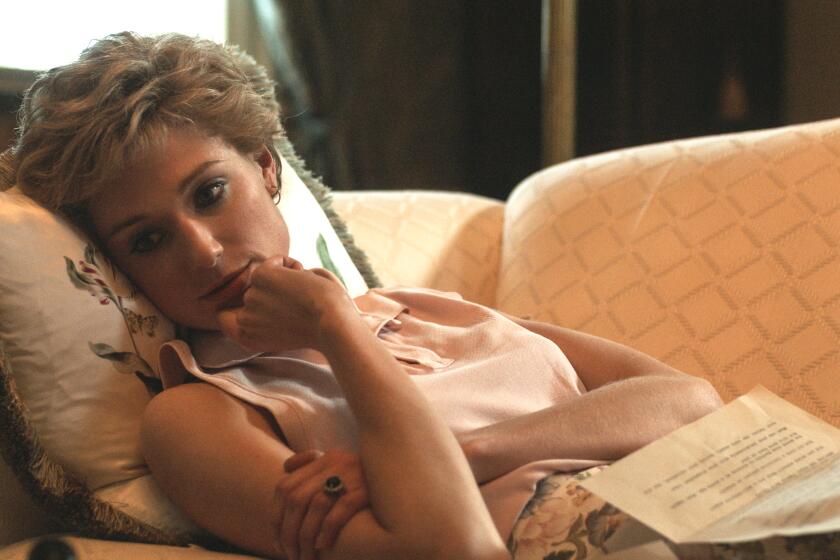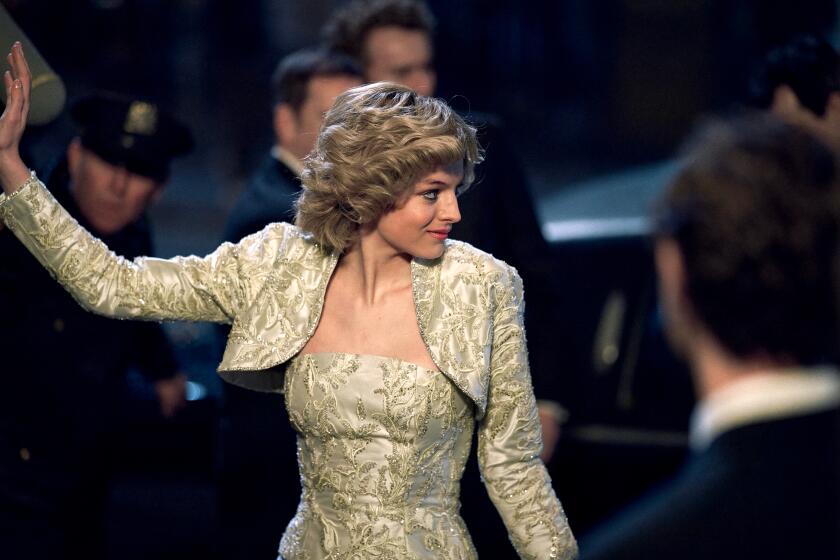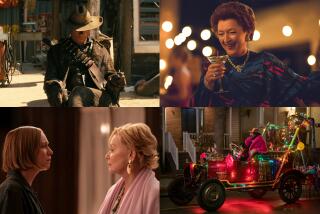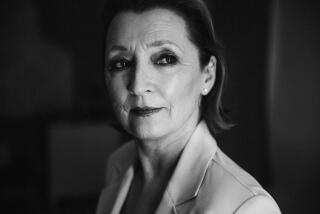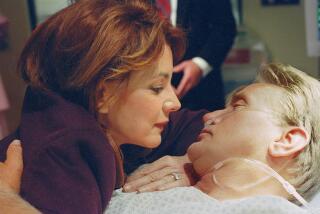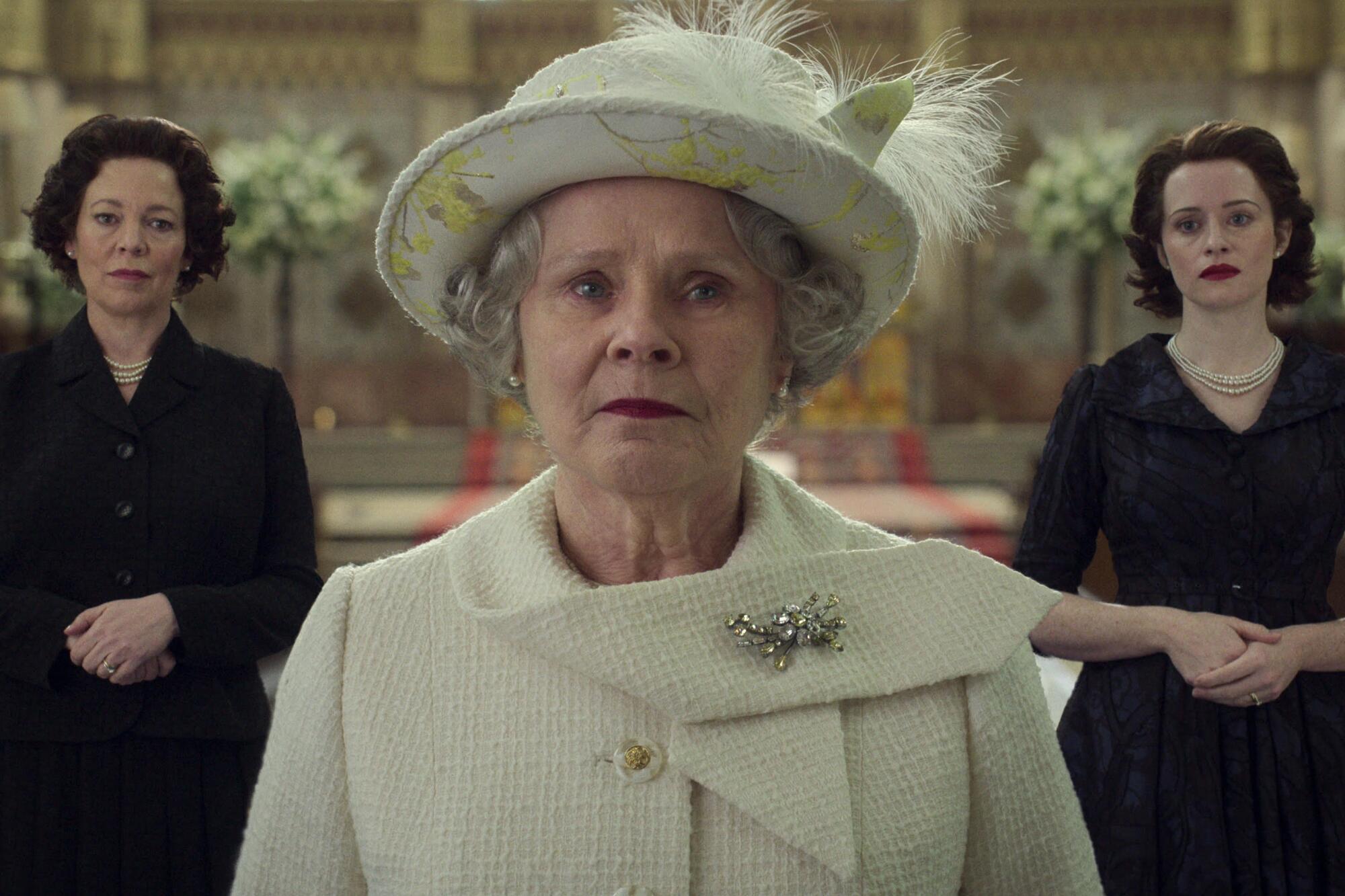
Suzanne Mackie, an executive producer for the entire six-season run of “The Crown,” has pretty much seen it all working side by side with Peter Morgan, the creator and chief writer of the much-lauded Netflix drama, which aired its 60th and final episode in December.
The series, winner of 10 Emmys out of 28 nominations so far, was set mainly from 1947 to 2005 and followed the trials and tribulations of the British royal family, led by Queen Elizabeth II. Its jam-packed closing season included the death of Princess Diana, the passing of Princess Margaret, the Queen Mother’s death at 101, the early romance between Prince William and Kate Middleton, Queen Elizabeth’s Golden Jubilee celebration and the marriage of Prince Charles to Camilla Parker Bowles. And if that wasn’t enough, the real-life Queen Elizabeth II died while the show’s last episodes were being shot.
“We discussed a lot what would happen if the queen passes away during the time of us making ‘The Crown,’” said Mackie in a recent Zoom interview from her London home. “And when it actually happened, of course, none of us were quite prepared for how we would react and what it would influence.”
Mackie went on to chat with The Envelope, in eloquent detail, about the show’s elliptical addressing of the queen’s death, its occasional use of artistic license and the series’ trajectory from its first to last seasons.
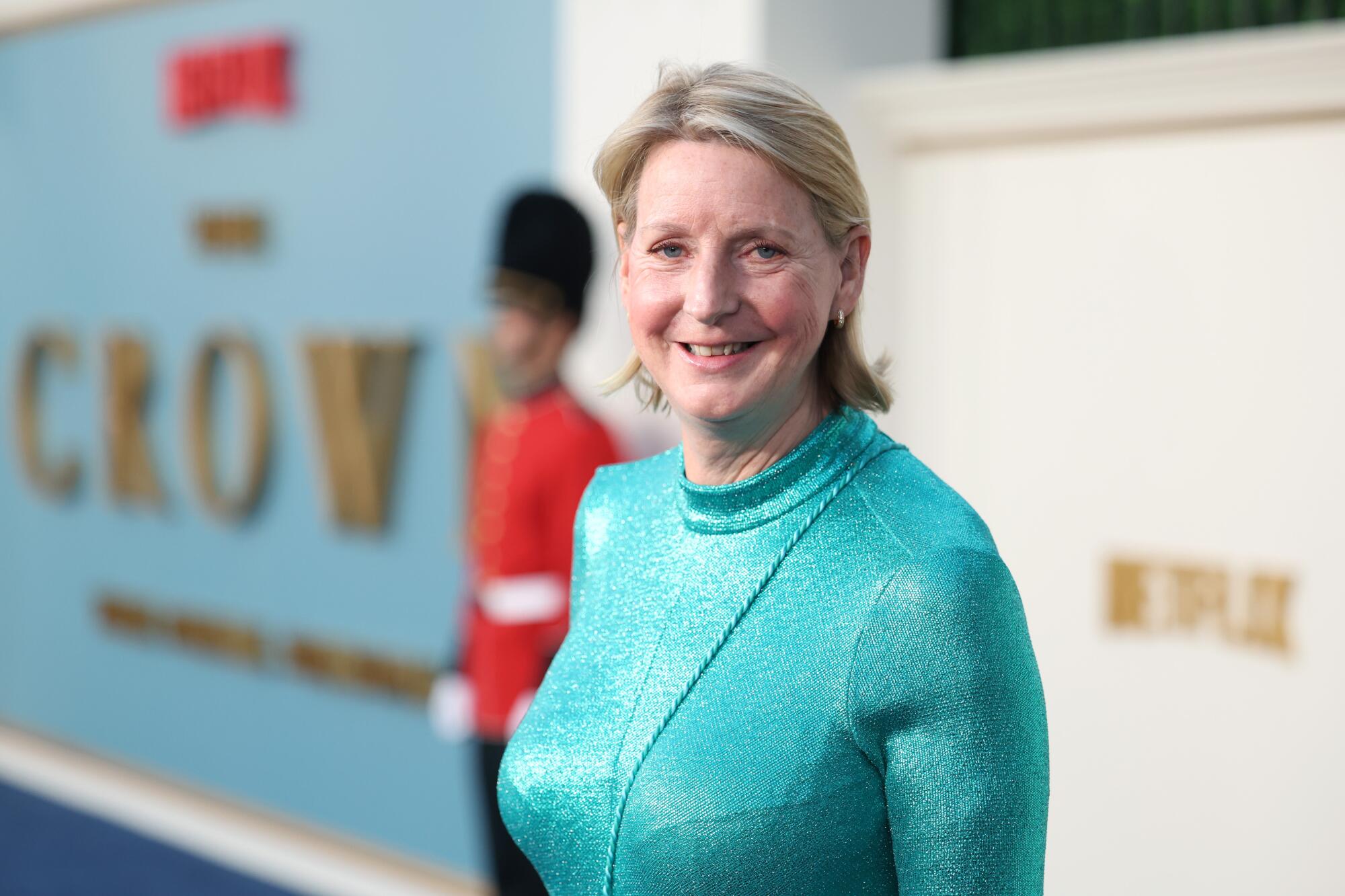
From the start, did you have any idea how long the series would run?
You never know whether you’re going to get all the way to six seasons … but we always knew we wanted to span the queen’s reign and take it up to 2005. Pretty much right from the beginning, Peter Morgan mapped out the six seasons in very broad brushstrokes. He really figured out the architecture, which I remember then being incredibly impressed with. And if I look back at the architecture, of course, some things would have changed, but generally, he stuck with the plan.
How was it determined how far to go chronologically?
It felt like, in many ways, the story found its [own] endpoint. Peter doesn’t tend to like to write into something that’s still evolving. For him, he has to have a sort of historical perspective on [a story]. He has to step back and really see it. With all the complexity and nuance his writing has, I think he feels he needs that sort of distance. That’s why we chose 2005 as our endpoint.
‘She was really marching to a beat of her own a lot of the time. I don’t think I really realized the forces that were against her doing a lot of that,’ the actor says of learning more about the princess.
With that in mind, how was the final season structured?
[For] the first four episodes to be about Diana and what happened to her and the decision to tell that story in quite forensic detail — a lot of detail, by the way, that I think a lot of people didn’t know about or understand. And then for the second half, from Episode 5 to the end, to recalibrate around the queen again and, obviously, to have the sense of [Diana’s] death and what that did, that seismic shift for the family, but for it then to return to Elizabeth and the future.
Can you talk about the final episode in which Elizabeth plans her funeral? Had it already been written when the queen died?
It had been written, absolutely, but then became influenced, of course, by her passing, but also by the notion there was one simple new element that changed the course of the episode.
The story remained the same — Prince Charles and Camilla marry and the queen finally accepts Camilla publicly — and that felt like the natural end of our journey. But when she passed away, I think it was [episode director] Stephen Daldry who suggested the idea that the queen might be having a rehearsal for her own funeral, which we know she did on more than one occasion, by the way, and very rigorously. This felt like, for us, a tribute to her and allowed us to play with the sense of something a little more portentous without being opportunistic.
That idea of her planning her own funeral suddenly felt like a really beautiful thing to do. And out of that came a sense that we might see the previous iterations of the queen in Claire Foy and Olivia Colman. It felt somehow within the grammar of what we’ve always done, which is invoking the past and invoking the future.
Jessica Hobbs discusses ‘The Crown’s’ Emmy-winning Season 4 finale, the feeling of betrayal among the female characters and how to re-create history while still respecting those who suffered.
It must be a challenge to sustain a series of such dimension and magnitude without taking at least some creative liberties. What were some of the instances of that this season?
It’s a very, very meticulously researched show, it always has been from Day 1. … I suppose, of course, there were the fantasy scenes, like showing the three queens [in the final episode]. And always the private conversations that we can only imagine might have taken place. I think the engagement — Dodi Fayed‘s proposal to Diana — was obviously, to an extent, conjecture on our part. We know Dodi bought a ring just before the fatal crash and we knew that the ring was from the “Dis-Moi Oui” [“Tell me yes”] range.
What took place behind each door, in each room, that final journey, those final 24 hours, we were having to imagine. We were having to build a story. And I remember Peter saying, “I have to have a point of view. I have to have a story that I have to stick to.” And it would be his truth. But it was borne out of deep respect for them as characters.
More to Read
From the Oscars to the Emmys.
Get the Envelope newsletter for exclusive awards season coverage, behind-the-scenes stories from the Envelope podcast and columnist Glenn Whipp’s must-read analysis.
You may occasionally receive promotional content from the Los Angeles Times.
